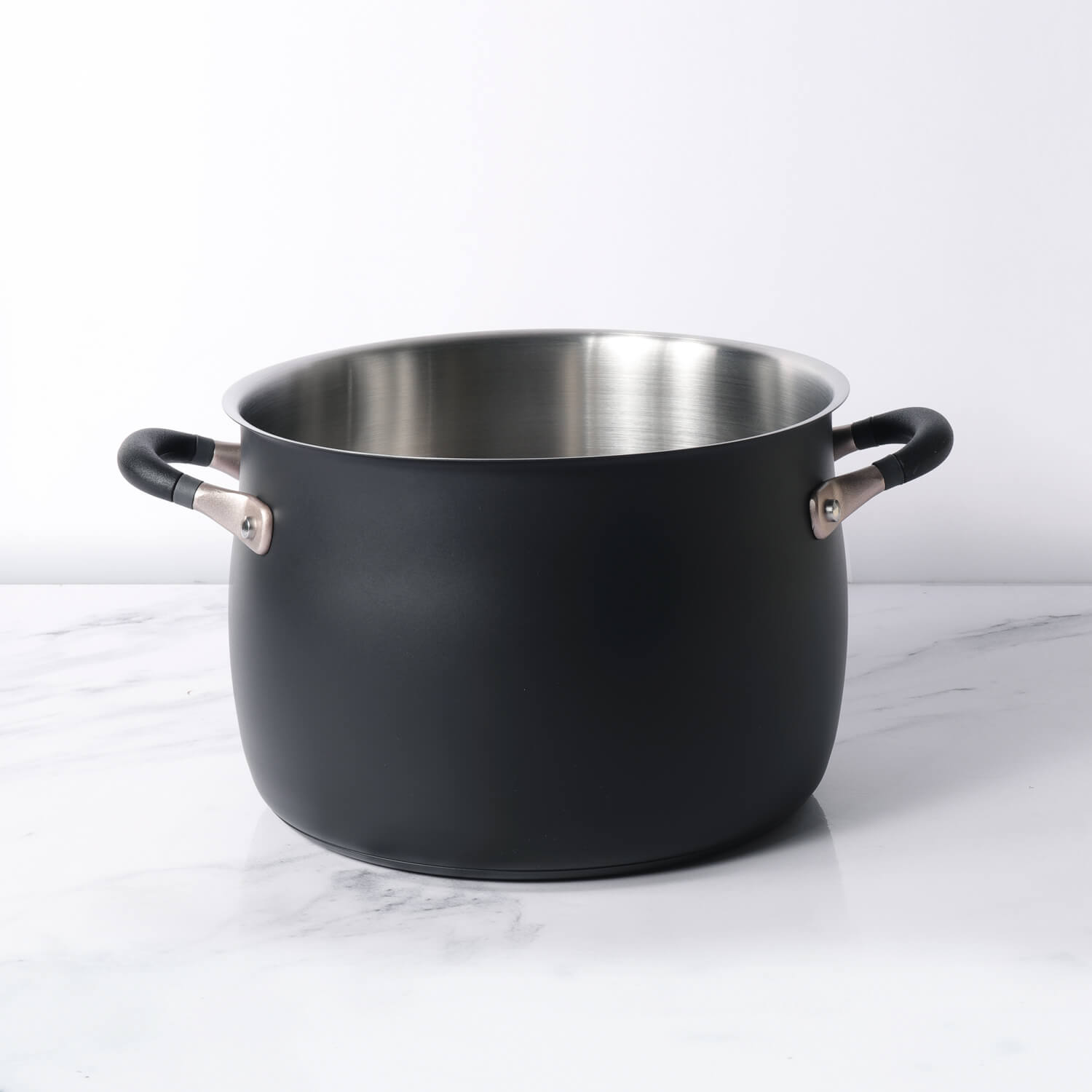Millets, often referred to as ancient grains, have been cultivated for thousands of years across various regions of the world and are increasingly recognized for their modern health benefits. These small-seeded grains, including pearl millet (bajra), finger millet (ragi), foxtail millet, sorghum (jowar), and proso millet, offer a plethora of nutritional advantages that contribute to overall well-being.
Here's a detailed exploration of millets, highlighting their ancient origins and modern health benefits under different subtitles:
Table of Contents
Ancient Origins and Cultural Significance:
Millets have a rich history dating back thousands of years, originating in regions such as Africa, Asia, and parts of Europe. These small-seeded grains have been a staple in traditional diets and agricultural practices across diverse cultures. For instance, pearl millet (bajra) has deep roots in African and Indian cuisines, while finger millet (ragi) is prominently used in South Indian dishes like ragi mudde and ragi dosa. Foxtail millet, sorghum (jowar), and proso millet also feature prominently in various cuisines globally, illustrating their versatility and adaptability to different climates and dietary preferences.
Nutritional Powerhouse:
Millets are renowned for their nutritional density and rich composition of vitamins, minerals, and antioxidants. They are notably high in B-complex vitamins such as niacin, thiamine, and folate, essential for energy metabolism and nervous system function. Minerals like iron, magnesium, phosphorus, and zinc are abundant in millets, supporting bone health, immune function, and overall vitality. Moreover, millets contain phytochemicals and antioxidants like phenolic compounds and flavonoids, which help combat oxidative stress and inflammation in the body, contributing to long-term health benefits.
Gluten-Free and Digestive Health:
One of the significant modern appeals of millets is their gluten-free nature, making them suitable for individuals with gluten intolerance or celiac disease. This characteristic allows millets to serve as a safe and nutritious alternative to gluten-containing grains like wheat. Furthermore, millets are rich in dietary fiber, both soluble and insoluble, which promotes digestive health. Fiber aids in maintaining regular bowel movements, preventing constipation, and supporting a healthy gut microbiome. The high fiber content in millets also contributes to satiety, helping to manage appetite and potentially aiding in weight management goals.
Low Glycemic Index and Blood Sugar Control:
Millets have a low glycemic index (GI), meaning they release glucose into the bloodstream at a slower and steadier rate compared to high-GI foods. This property is beneficial for managing blood sugar levels, making millets suitable for individuals with diabetes or those aiming to stabilize their insulin response. Consuming millets can help regulate blood sugar levels, reduce the risk of insulin resistance, and improve overall glycemic control. This aspect underscores millets' role in promoting metabolic health and reducing the incidence of chronic diseases associated with blood sugar imbalances.
Culinary Versatility and Modern Applications:
Millets' versatility extends beyond their nutritional benefits to their culinary adaptability. They can be incorporated into a wide range of dishes, from traditional porridges and flatbreads to modern recipes such as salads, pilafs, and even baked goods. Millets absorb flavors well and can be paired with various herbs, spices, vegetables, and proteins to create delicious and nutritious meals that cater to diverse tastes and dietary preferences. This culinary flexibility makes millets a valuable ingredient in both home cooking and professional kitchens, offering chefs and home cooks alike the opportunity to explore and innovate with these ancient grains in contemporary culinary contexts.
Conclusion:
In conclusion, millets represent an ancient grain with profound modern health benefits. Their rich nutritional profile, gluten-free nature, digestive health support, low glycemic index, and culinary versatility make them a valuable addition to a balanced and health-conscious diet. Embracing millets not only connects us to ancient culinary traditions but also empowers us to make informed dietary choices that promote overall well-being in today's fast-paced world.











Leave a comment